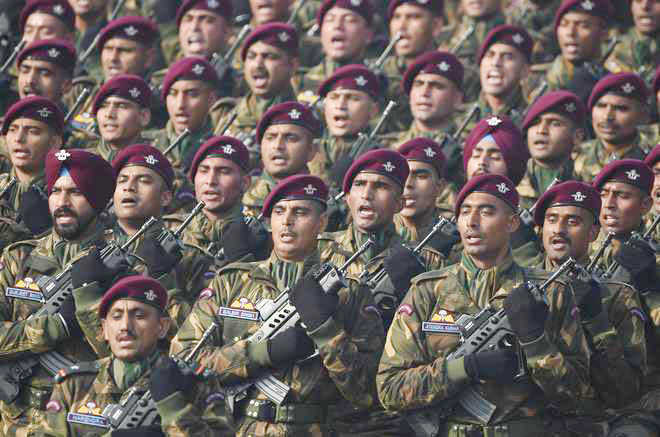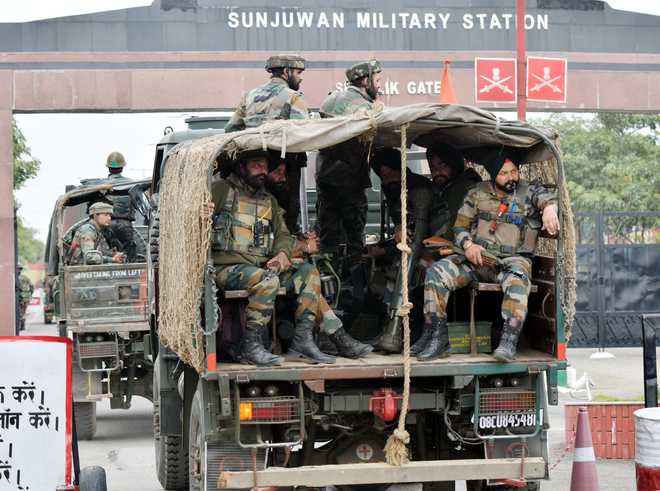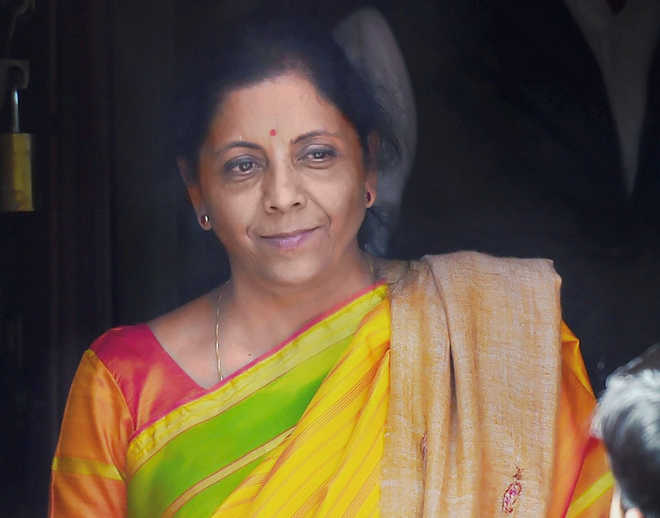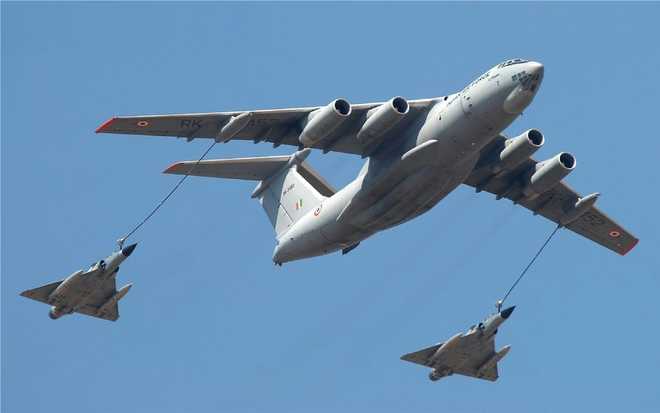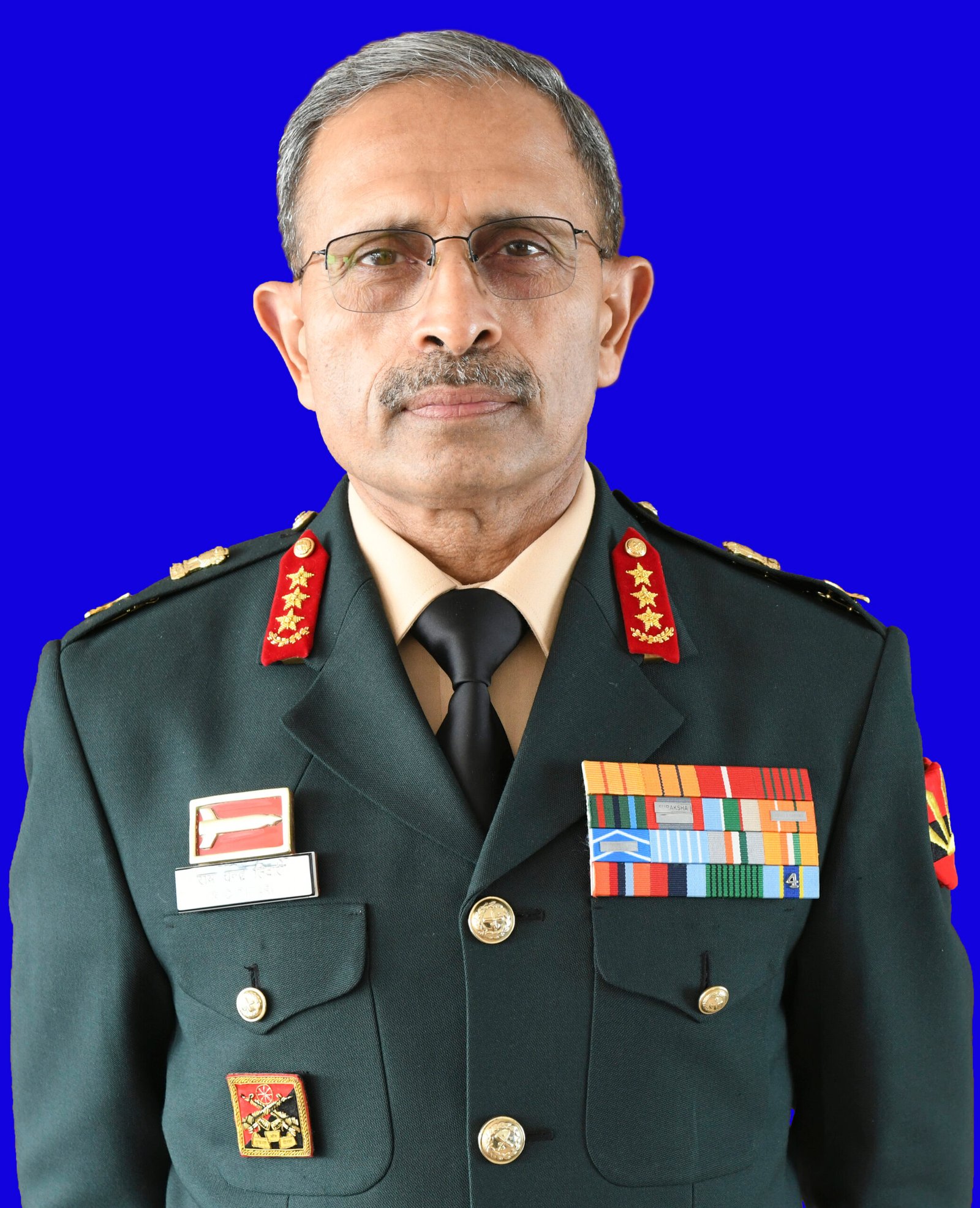WHO DO ALL THOSE CREATING NOISES ABOUT A SEPARATE SIKH COUNTRY REPRESENT? WHO IS BEHIND THE REVIVAL OF NOISES IN THE WAKE OF CANADIAN PM’S RECENT VISIT TO INDIA? AREN’T THESE MARGINALISED SIKH POLITICOS ABROAD?
Anyone who knows something about the Sikhs will tell you that 99% of them are proud of both their community and country. The sacrifices made by the community for the independence and defence of their country have always been the greatest source of their pride, just as the martyrdom of the ninth Master Guru Tegh Bahadur has been. The greatest icons of the community are icons of the whole country — be it Marshall of the Air Force Arjun Singh, Lt Gen Jagjit Singh Arora or Lt Gen Harbaksh Singh, the heroes of the 1965 and 1971 wars with Pakistan.
Then, who do all those creating noises about a separate Sikh country called Khalistan represent? Also, who is behind the revival of these noises in the wake of Canadian Prime Minister Justin Trudeau’s recent visit to India? Aren’t these marginalised Sikh politicos abroad?
Or is it political voyeurism of Trudeau’s party, itching to milk the Sikh electoral constituency at the expense of the community? Or these are some political parties in India itching as strongly to milk the so-called ‘Hindu backlash’, in a repeat of Indira Gandhi’s 1984 misadventure?
The Sikhs already feel like electoral fodder being fed on from opposite ends by the contrary forces.
HANDIWORK OF VESTED INTERESTS Ironically, the only people who want this Khalistan noise to be given a quick and quiet burial are the Sikh masses who remain convinced that the bogey of Khalistan is being thrust upon them against their wishes by a combination of evil forces, none of whom represents them nor have the interests of the community at heart. Khalistan making headlines is terrible news for the community as it kills all the genuine causes, grievances and demands of the community: a cry for justice on the massacre of 1984 and a fair deal for Punjab, for example.
You cannot convince any Sikh why his reasonable countrymen would oppose the description of the 1984 massacre of Sikhs for being Sikhs as a “genocide”. (Dictionary meaning : massacre of a large number of people belonging to a particular nation, ethnic group, race of religion). And the Sikh grievance is certainly not against the country at all. It is a grievance against the Congress or at the most against the governments’ genuine or perceived denial of justice to the community as per the law of the land. The focus of this belief or perception is the refusal of the system to bring the guilty of 1984 to book as per the Constitution of India.
IT’S A NON-ISSUE FOR COMMUNITY
The visit of the Canadian premier Justin Trudeau and the manner in which the Indian government chose to respond to it have only further strengthened the impression about our failure or refusal – or both – to understand that Khalistan is a non-issue for a vast majority of Sikhs living in India and abroad, including Canada. If Trudeau violated norms of diplomatic decency and hurt our national sensitivities by getting controversial names on board during his trip, the government of India also did not exactly cover itself with glory by doing just what the radical Khalistani fringe wanted it do: putting the Khalistan issue on the front burner. Instead of the diplomatic cold shouldering of Trudeau, it is the issue of Khalistan which needed to be cold-shouldered and denied any media or diplomatic mileage. Trudeau needed to be cornered on the diplomatic high table about the disregard shown to India’s nationalist sentiments. If Trudeau had embarrassed us merely to cater to his domestic constituency, he needed to be confronted, not coldshouldered.
Unwittingly, the handling of the Trudeau trip merely helped to strengthen the radical case that the country’s top executive suffers from bias against the Canadian PM because he has accorded a prominent place to the Sikhs in his government. This amounted to playing straight into the hands of the radicals whom the government needed to outsmart, expose and marginalise.
The government also needed to grasp and highlight that radical elements abroad are working against the interests of millions of peaceloving Sikhs who form the major chunk of the community in India. There is a vast dichotomy between the cynically selfish agenda of the radical fringe abroad and the interests of the poor, simple Sikh farmer battling his dayto-day problems along with his compatriots in India. That is why even during this trip, all the mainstream Sikh voices – from the Akalis led by Sukhbir Singh Badal to the SGPC and the DSGMC and on to the Punjab CM Capt Amarinder Singh — categorically rubbished Khalistan as a “non-issue for the Sikhs.” Why is nobody listening?
RESPECT SIKHS’ DESIRE FOR JUSTICE The Sikh community regards its stakes and destiny as firmly tied with the destiny of their country. They seek justice and fair-play as per the laws of our land, and they strive for their right to live with dignity and fight against discrimination like any other Indian would — through peaceful democratic means. They have a body of legitimate grievances which need to be addressed as the grievances of a fiercely patriotic community of India. On top of this is the need to understand and respect the community’s sense of grievous wrong on the 1984 massacre which the whole community regards as “genocide”.
 The radicals have never come anywhere close to winning any election in Punjab. From panchayats to Parliament, it is the moderate mainstream that rules the hearts and minds of the Sikh community. The country needs to avoid the blunders of 1984 and to decipher the correct message in these repeated and resounding electoral rebuffs to the radicals by the Sikhs in Punjab and not force down their throat an agenda which they have repeatedly and forcefully rejected.
The radicals have never come anywhere close to winning any election in Punjab. From panchayats to Parliament, it is the moderate mainstream that rules the hearts and minds of the Sikh community. The country needs to avoid the blunders of 1984 and to decipher the correct message in these repeated and resounding electoral rebuffs to the radicals by the Sikhs in Punjab and not force down their throat an agenda which they have repeatedly and forcefully rejected.
